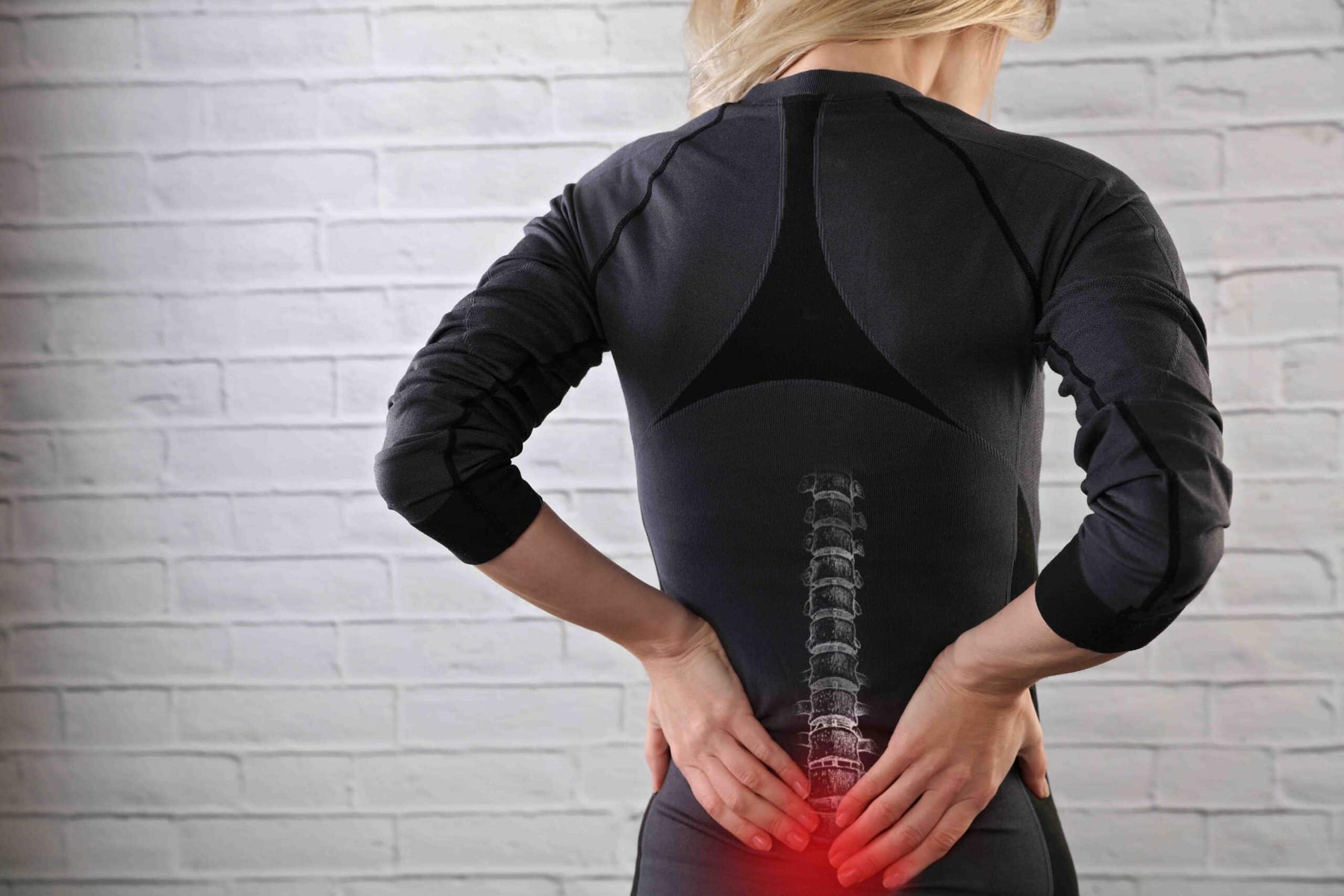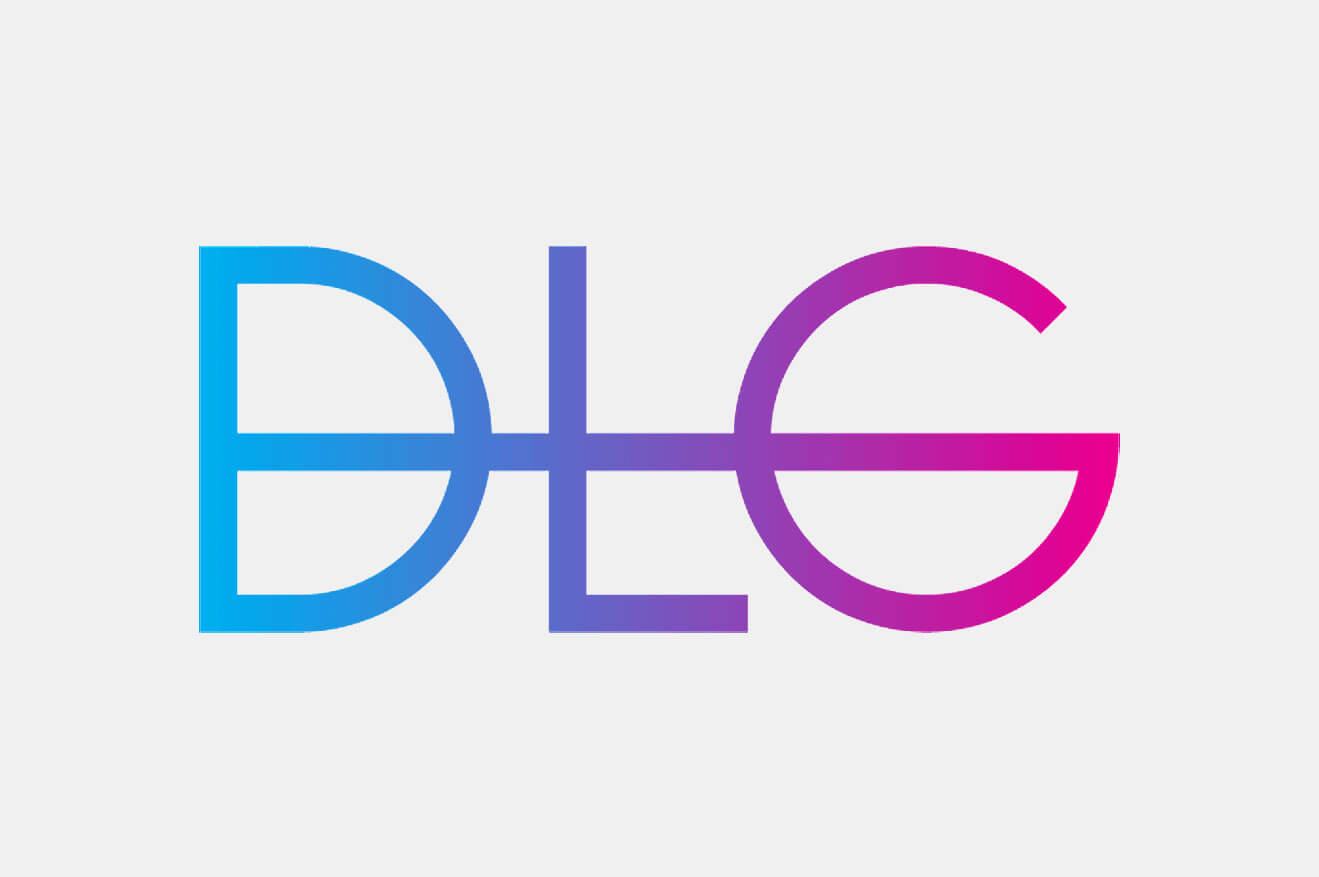5 Ways To Be A Fat Burner [Good vs. Bad Fat]
Dr LivingoodShare
![5 Ways To Be A Fat Burner [Good vs. Bad Fat]](http://drlivingood.com/cdn/shop/articles/915a80438ba9de0be8590f120c8ac6fa_01e9e2f1-6217-411d-8cd0-564da0873055.jpg?v=1723756724&width=1100)
The average American eats around 120 pounds of sugar per year! In the 1800’s it was only 2 pounds. The low fat and no fat craze hit in the ’80s80’s and since then we have become one thing… fat.
When fat is removed from food something has to be put in for the food to be good enough to eat…. SUGAR. Arguably the most toxic carb known to man because of its gross overuse and deadly effects. That excess around your waist, thighs, and butt is not excess fat…in most cases, it’s excess sugar!
Sugar is linked to obesity, diabetes, mental illness, and more. It is more addictive to the brain than cocaine. So when the picture is painted that you have a big sugar problem the first response is usually resistance. Most, skinny or overweight, believe they do not eat too much sugar.
Warning Signs You Are A Sugar Burner:
- Need to Eat Frequently
- Inability to Fast
- Fatigue
- Weight Gain
- Hormone Imbalance
- Thick belly fat
- Diabetes
- High Blood Pressure
- High Triglycerides or Cholesterol
- Headaches
- Numbness and Tingling
- Discomfort
- Digestive Issues
- Depression
- Stress
- Sleep Issues
- Weight Fluctuation
- Weak Bones
- Nutritional Deficiencies
Sugar is not the only component of any chronic dysfunction but every one of the above has substantial ties to a sugar overdose.
Become A Fat Burner
Think of food as fuel for your vehicle. Your body (vehicle) is more valuable than any Tesla, Lambo, or Rolls Royce in the world. In fact, just the parts and elements of your body are worth over $45 Million.
If you had a vehicle that expensive would you fuel it with diesel? Clogging up the engine, making it smoke, and bogging it down? From a clean burn, perspective sugar is comparative to fueling your body with diesel. Research shows it burns the most unclean in the body. Protein diet is like unleaded fuel. Much cleaner but doesn’t get you that supercharge pop. Fat, however, is like rocket fuel.
Fat is used in numerous ways in your body to drive your health and performance. 70% of your brain is made of fat. Fat is the precursor to all of your cells and hormones. It absorbs nutrients and aids in cell detoxification. Fat is one of the body’s most essential ingredients.
What About High Cholesterol and Heart Health?
Each day more research is coming out showing the main cause of heart complications and increased cholesterol is not due to too much good fat but rather bad, rancid fats, and sugar.
This study shows 23 different studies that prove with a moderate to high healthy fat diet not only is, in most cases, weight loss increased but triglyceride levels decrease and HDL (“Good Cholesterol Levels”) increased.
Bad Fat vs Good Fat
Not all fat is created equal. Unstable fat can be easily oxidized, making them rancid, and very dangerous to the body. The simple rule is the less an oil or fat is processed in order to eat it, the better it is for you. Meaning if it occurs in nature then it is a good, healthy source of fuel. Nature doesn’t mess up.
To help be more specific here is a chart to break down the good, bad, and ugly of fats.

Five Ways to Be a Fat Burner
Stop Eating Sugar
All forms must go. To truly break the addiction and harms of sugar you must remove all of sugar’s sources for a minimum of 21 days. This allows the body’s insulin resistance to heal. All sources of sugar and anything that spikes insulin should be avoided.
Bread, grains, crackers, fruits, soft drinks, desserts, and any other insulin spiking sugars are the culprits. Low glycemic fruits (Granny Smith Apples, Grapefruits, Berries, Limes, and Lemon) can be consumed in moderation.
Avoid Artificial Sweeteners
Research now demonstrates that consuming diet drinks and artificially sweetened foods does not serve your “diet” at all. In fact, it has been shown to increase body weight gain. Regular sugar would be better. To achieve fat burning they both must go.
Eat Healthy Fat
Clean, all-natural fat is a must for a healthy body. Each of the cells in your body has a protective fat layer around it. Processed “Bad Fats” clog up these cells keeping toxins in and nutrients out. Healthy “Good Fats” open the gates and decongest the cells by allowing the nutrients in and toxins out.
Fat makes up 60%+ of your brain. As stated above, fat burns much more clean which is less taxing on your system.
Curb Consumption
Giving your body a break from food altogether forces it to tap into the reserves. In order to access and burn off the love handles, large thighs, double chin, and flab faster, don’t give the body an alternative fuel source. Fasting (including intermittent fasting) is proving to be an extremely beneficial metabolic rate modifying strategy and it is a great fat burner. Of course, hunger will ensue but so will results! Your body needs a certain number of calories, and to lose fat, dieting via reducing protein intake and carb intake will push your body into a fat breakdown of that extra fat storage!
Exercise Like a Fat Burner
The type of physical activity one chooses can put the body into fat loss through burning more often and more effectively. Spending hours in the gym with a personal trainer is an option but it is possible to burn fat in minutes a day.
High-IntensityHigh Intensity Interval Training (HIIT) where exercise is done at a high heart rate for a short amount of time has been shown to be significantly more effective at reducing body fat and blood sugar levels when compared to a standard moderate intensity, long duration cardio workout/aerobic exercise or resistance training/strength training.
Exercise in less time and burn more fat. Exercise like a fat burner.
Summary
Choosing fat continues to be more and more the correct fuel of choice. Healthy and stable forms of fat are the key. A healthy balanced diet of protein, vegetables, fruits, and carbohydrates is essential to experience real health. Overconsumption of any one food can be harmful. As always consult a physician especially if underlying heart or kidney issues are present.
Share
Related Articles
Most Popular
-
The 5 Amazing Benefits of Omega-3s
August 13, 2024 -
Healing Your ‘Second Brain’: The Path to a Healthier Gut
August 13, 2024

![Get Fit Without The Gym [Video]](http://drlivingood.com/cdn/shop/articles/e4da0fa2eb1ed9a87010a495135f662c_3c0c9c8c-c4f4-4b9f-bd01-564dcf168ae7_x1200.jpg?v=1723756558)
![7 Ways to Optimize Your Metabolism [Over 40]](http://drlivingood.com/cdn/shop/articles/2e6dd7174b2ce62b869b179bf9a6d802_6fc02cec-48c9-41c9-9b25-4d1591ebe69e_x1200.jpg?v=1723757564)

![Carpal Tunnel & Wrist Pain Relief [Exercises]](http://drlivingood.com/cdn/shop/articles/69b7a9cba72bd68a1adfc5d95f62eda6_2cd4a494-830f-453a-b642-03a454f550b6_x1200.jpg?v=1723756593)



